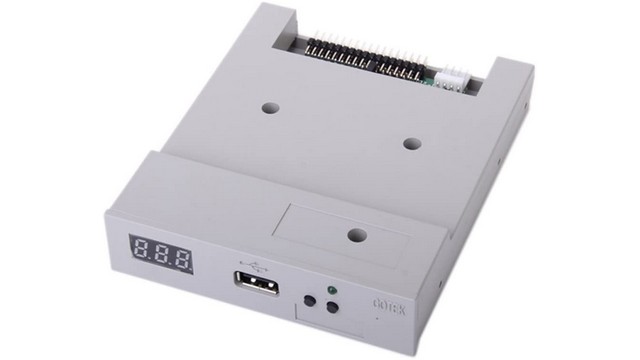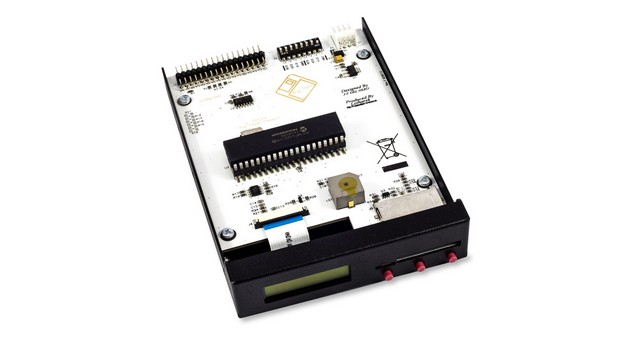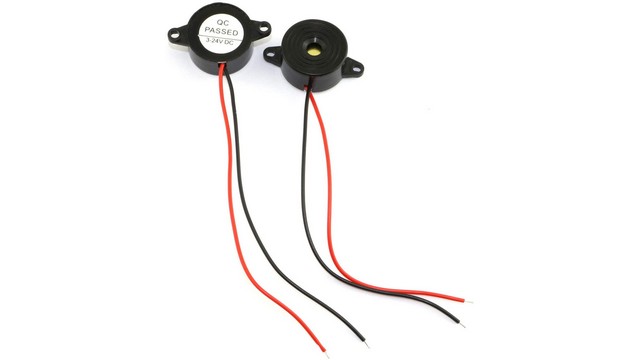If you’re into retro gaming or collecting old computers, you’ll eventually run into a situation where you vitally need a particular floppy disk. You could use a real floppy drive and media, both of which can be finicky and unreliable, or you can use a more modern solution. Floppy drive emulators can connect to older computers through the standard floppy-disk controller cable and read floppy disk images (which come in a staggering array of formats) from a thumb drive as if they were the real thing.
What’s the best floppy drive emulator?
Finding the best floppy disk emulator isn’t hard. In fact, there are only a few consumer-grade models that are available. Gotek floppy emulators are cheaper and more readily available, and can be used with FlashFloppy firmware to play a ton of different types of images over a wide array of retro hardware. Lotharek’s HxC floppy emulators are of higher quality and support a ton of hardware, but are 2-3 times more expensive than the Gotek. I’ll go into a bit of detail on the Gotek and HxC emulators below.
Cheapest floppy drive emulator: Gotek
The Gotek floppy drive emulator has been endlessly cloned, but they all work similarly (for the most part). Just make sure you get one with a 34-pin header and a model number starting with “SFR.” These are extremely common and can be found on Amazon, eBay, and a host of other online stores for $30-50.
Once you have a Gotek, it’s not necessarily ready to pair with your retro gaming device. Many Goteks, especially those on eBay, come with FlashFloppy pre-installed. However, if you order one from anywhere, be prepared to have to program the firmware yourself. To do so, you need a USB-to-TTL adapter, which can either come as a small USB dongle or a wired cable. Either type will work, but I personally find the cable version to be less awkward to use.
- Buy DSD TECH USB to TTL Serial Adapter Dongle on Amazon
- Buy JBtek USB Programming USB to TTL Serial Cable on Amazon
Once you have the Gotek and the USB-to-TTL adapter, just follow the FlashFloppy GitHub’s directions to install the firmware.
Alternatively, you can use a USB-A to USB-A cable and jumper wires to program the firmware, which may be easier, though I haven’t used this method.
Best floppy drive emulator: Lotharek HxC
It’s no secret that Goteks don’t have the best build quality. Many of them are Chinese clones that don’t feature great fit and finish, and it can be intimidating to have to flash their firmware. If you’re looking for a product made explicitly for emulating floppy drives for retro gaming machines, the Lotharek HxC line (website) is a good fit.
The Lotharek HxC line of floppy emulators has products that use SD cards and those that use USB drives. So, you have a more extensive selection than with Goteks that only come in the variant that uses USB drives. HxC emulators also come with an LCD screen and three buttons pre-installed, which means you don’t need to mod them to see the name of the currently selected disk image or get the eject functionality.
The significant drawback with the Lothrarek HxC floppy emulators is that you have to order them from the Lotharek website and have them shipped from Poland, and they’re 2-3x the price of a Gotek. You can use the HxC firmware with a Gotek, but you still have to pay a 10 Euro licensing fee.
Best Gotek Upgrades – Why you should mods your floppy emulator
Odds are, you’ll end up going with a Gotek floppy drive emulator due to the low cost and high availability. However, compared to the stock HxC line, a standard model Gotek lacks in functionality. However, these devices are quite upgradable, and just a few mods bring the Gotek up to par with Lotharek devices, at least as far as usability.
To do these Gotek mods, you’ll need some elementary soldering knowledge. If you’ve never soldered before, these are great projects to begin with, so consider picking up your first soldering kit and giving them a try.
Gotek OLED Display
The majority of base model Gotek floppy emulators come with a three-digit 7-segment display. This identifies which disk image is currently selected by displaying a number (001-999). This system isn’t so bad if you have a handful of disk images on a drive, but if you’re trying to keep an entire game library handy, it’s frustrating to have to record which slot contains which game.
Fortunately, the Gotek supports more detailed displays. I suggest using a 0.91″ 128×32 I2C OLED display. The great thing about these, besides the obvious benefits, is that you can connect them using jumper wires, which makes soldering easier. The 0.91″ OLED should nearly fit in the space where the 7-segment display was initially mounted. If not, you can use a file to widen the opening until it fits. You may also need to trip the pins on the front side of the display for it to fit flush. Once you’re happy with the fit, you can use some Kapton tape to secure it from the rear.
Gotek Rotary Encoder
Now that you have your OLED display and you can clearly see the name of each selected image, you’ll likely want to add a lot more images to your jump drive. However, the two buttons used to move through the disk images make the process of selection way too slow when you’ve got a hundred or more floppies loaded up.
To speed up your ability to select a disk image, you can add a rotary encoder to the Gotek. With this, you can rotate a dial to scroll through image files quickly, and click in on it to select/eject/insert one. This is another mod you can use jumper wires on, making it another easy soldering project. However, depending on the rotary encoder your purchase and the model of Gotek you have, you may still need to do more minor soldering if you encounter issues.
Gotek Speaker Mod
One of the advantages of playing on real hardware with your Gotek is getting that rush of nostalgia. However, it’s hard to get the full experience with the Gotek being completely silent. Fortunately, you can perform a mod that can emulate all the clicks and whirs of a real floppy drive.
You can connect a small piezo sounder to the JB headers on your Gotek, and it’ll produce sound whenever drive head movements are emulated. This isn’t an exact reproduction of the noise a real drive makes, but it’s pretty close. As a bonus, it can help with diagnostics if a disc image doesn’t perform as expected.












